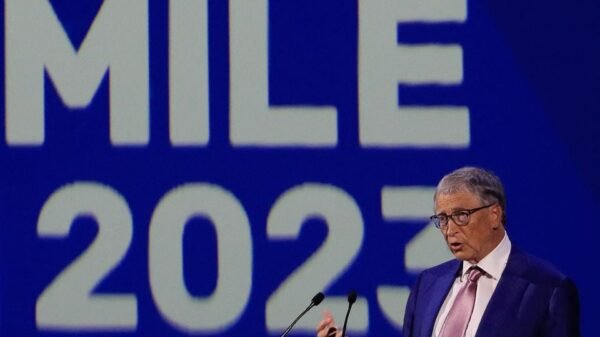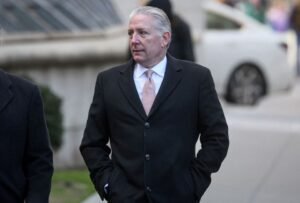Unemployment Rises in Washington, D.C. as Federal Job Cuts Take Effect
The job market in Washington, D.C. is undergoing a significant transformation as the federal government reduces its workforce. President Donald Trump has made government downsizing a key part of his administration’s agenda, leading to widespread layoffs. Meanwhile, business magnate Elon Musk has been appointed to lead an initiative aimed at improving government efficiency. As a result, thousands of federal employees are now searching for new opportunities.
Why Are Jobs Being Cut?
Since taking office, President Trump has prioritized reducing the size of the federal government. His administration has taken a multi-faceted approach that includes buyout programs and direct layoffs. More than 75,000 federal workers have accepted buyouts or early retirement, while additional employees, particularly those still in probationary periods, have faced direct layoffs.
To further enhance efficiency, Elon Musk has stepped in as the head of the Department of Government Efficiency advisory board. His focus on automation and restructuring has introduced new strategies to streamline government operations, which could result in further job losses in the coming months.
Rising Unemployment Claims in Washington, D.C.
The impact of these job cuts is becoming increasingly evident in Washington, D.C. In just the first six weeks of 2025, nearly 7,000 individuals in the city filed for unemployment benefits, marking a 55 percent increase from the previous period. The week ending February 8 alone saw 1,780 new jobless claims, a sharp 36 percent increase from the week before. Compared to February 2024, current unemployment claims have quadrupled.
D.C. now has a 5.5 percent unemployment rate, one of the highest in the country. In contrast, neighboring areas such as Arlington and Alexandria, Virginia, report a much lower 2.7 percent unemployment rate. On a national scale, the overall unemployment rate remained at 4 percent in January 2025, highlighting the localized impact of the federal workforce downsizing.
Expert Insights on Workforce Changes
Labor market analysts suggest that additional layoffs may be imminent but remain hopeful that displaced federal workers can transition into new roles. Raj Namboothiry, Senior Vice President at Manpower North America, acknowledges that unemployment claims will likely stay elevated for some time. However, he believes that many of these workers possess in-demand skills that could help them secure new positions outside of government employment.
Economist Allison Shrivastava from Indeed Hiring Lab adds that the pace of job recovery will vary depending on an individual’s profession. She explains that fields like accounting are likely to see faster rehiring, while software developers could face challenges due to a slowdown in demand within the tech sector.
Long-Term Implications
For decades, the federal government has maintained a workforce of around 2.4 million employees, excluding postal workers. While previous administrations have made small reductions, Trump’s approach represents one of the most significant workforce cuts in modern U.S. history. His goal is to create a leaner, more efficient government, but the immediate effect has been concentrated job losses in Washington, D.C.
While the national economy remains stable, the local D.C. job market faces an uncertain period of adjustment. The coming months will determine whether new opportunities emerge for displaced workers or if the city experiences prolonged economic challenges. Whether these changes ultimately lead to greater efficiency or lasting negative effects remains a topic of debate. As federal employees transition into new roles, Washington, D.C. will continue to navigate the economic shifts brought on by these workforce reductions.


































Comment Template